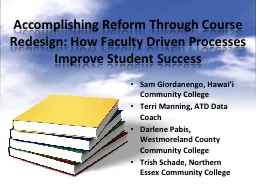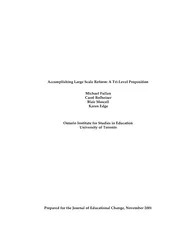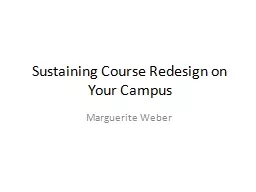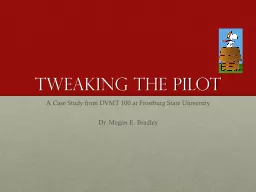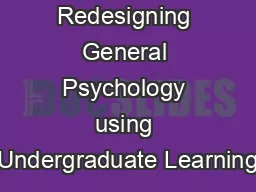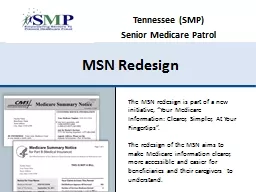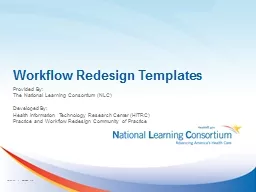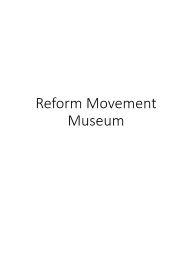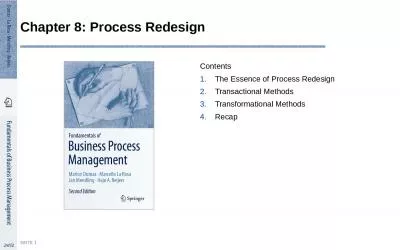PPT-Accomplishing Reform Through Course Redesign: How Faculty D
Author : ellena-manuel | Published Date : 2015-11-20
Sam Giordanengo Hawaii Community College Terri Manning ATD Data Coach Darlene Pabis Westmoreland County Community College Trish Schade Northern Essex Community
Presentation Embed Code
Download Presentation
Download Presentation The PPT/PDF document "Accomplishing Reform Through Course Rede..." is the property of its rightful owner. Permission is granted to download and print the materials on this website for personal, non-commercial use only, and to display it on your personal computer provided you do not modify the materials and that you retain all copyright notices contained in the materials. By downloading content from our website, you accept the terms of this agreement.
Accomplishing Reform Through Course Redesign: How Faculty D: Transcript
Download Rules Of Document
"Accomplishing Reform Through Course Redesign: How Faculty D"The content belongs to its owner. You may download and print it for personal use, without modification, and keep all copyright notices. By downloading, you agree to these terms.
Related Documents

